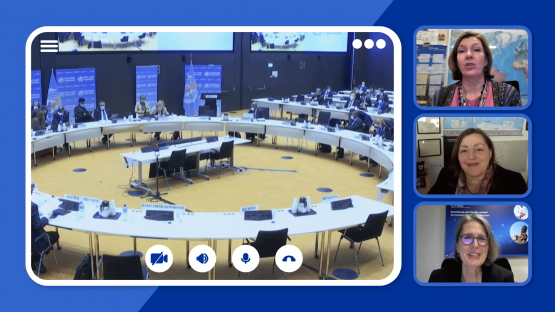Continued collaboration between the IAEA and the World Health Organization (WHO) is essential to support low- and middle- income countries in tackling non-communicable diseases such as cancer and cardiovascular disease, as well as in combatting malnutrition, using nuclear techniques. That was the message delivered by IAEA speakers during the 150th Session of the annual WHO Executive Board in Geneva, Switzerland last week.
Addressing delegates representing ministries of health from across the globe, Lisa Stevens, Director of the IAEA’s Programme of Action for Cancer Therapy, said that through joint activities with WHO involving nuclear medicine and radiotherapy, the IAEA has contributed to global cancer initiatives in combatting and treating cervical, childhood and breast cancers. The IAEA has been collaborating with the WHO in these areas for many decades, she added.
Partnerships between the IAEA, WHO and the International Agency for Research on Cancer (IARC) have led to reviews of the cancer control programmes of more than 95 countries. The reviews and the resulting recommendations have helped improve services, mobilize partnerships and resources. The service, known as an imPACT Review, involves engaging global experts to advise national cancer teams on designing realistic and effective national cancer control programmes (NCCPs), tailored to each country’s needs.
“We look forward to 2022 bringing an even stronger collaboration with the WHO,” said Stevens. “Joint WHO-IAEA guidance is essential to support countries in addressing non-communicable diseases.”







